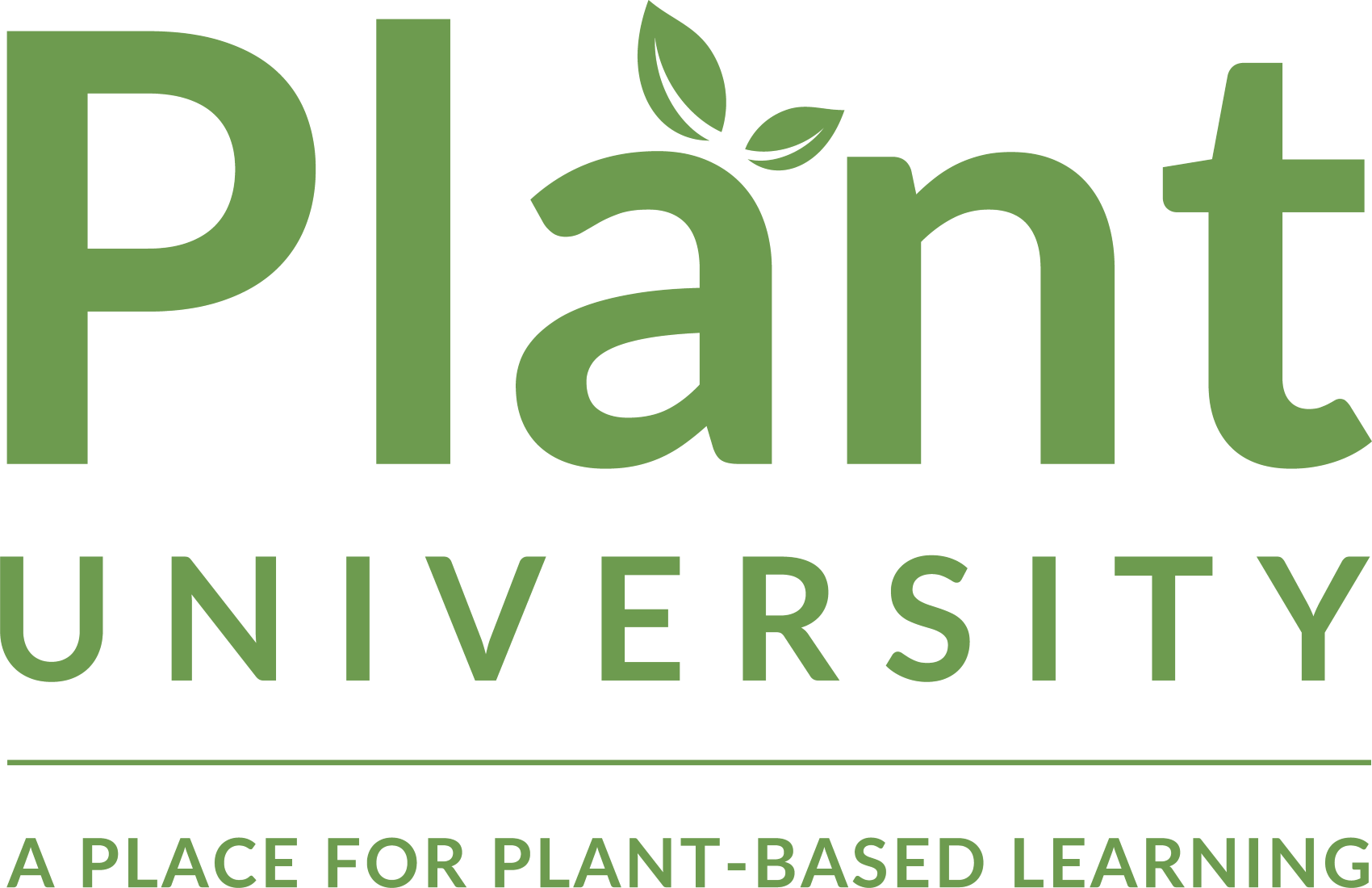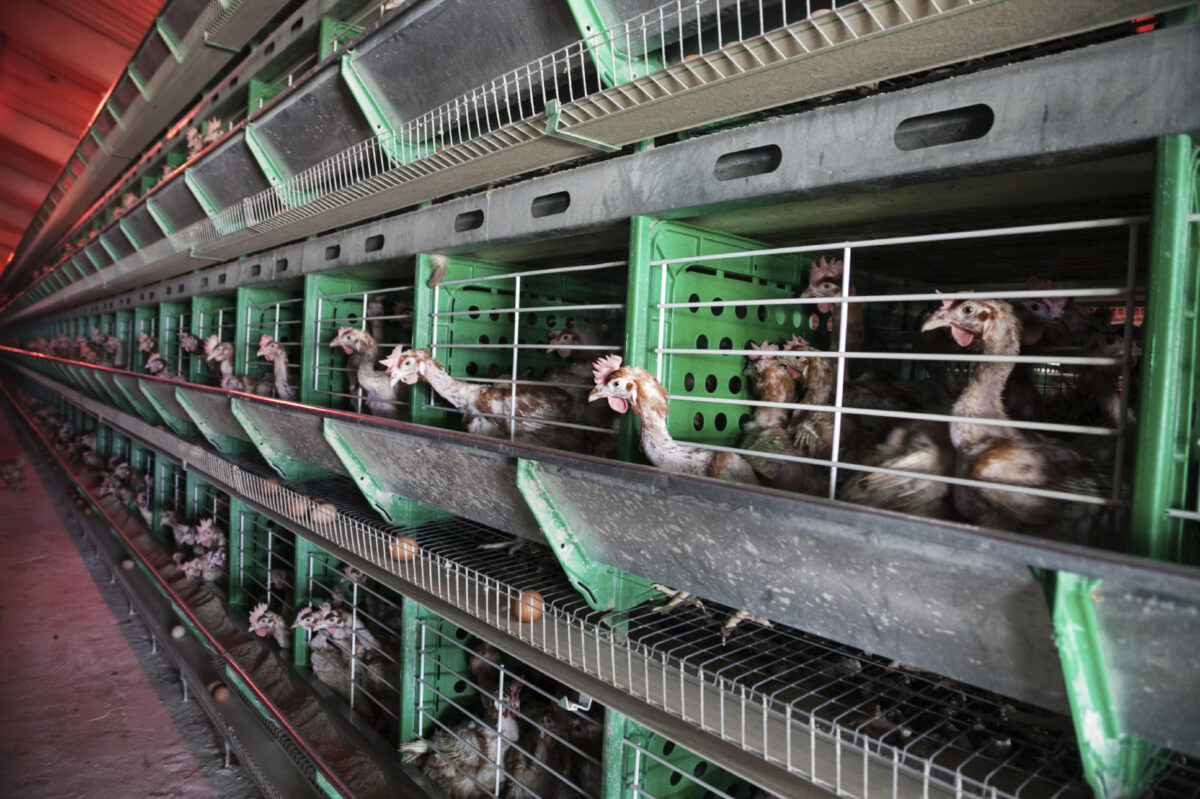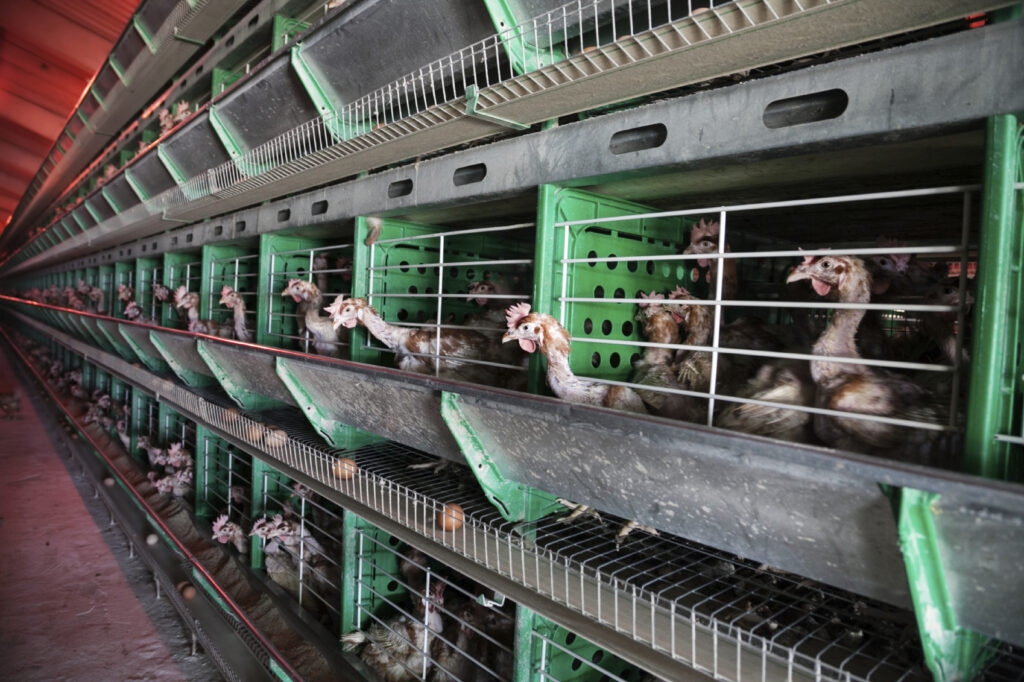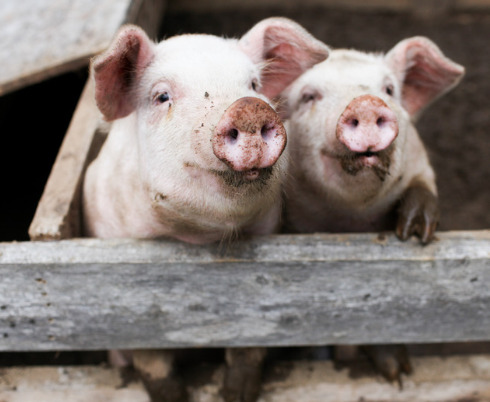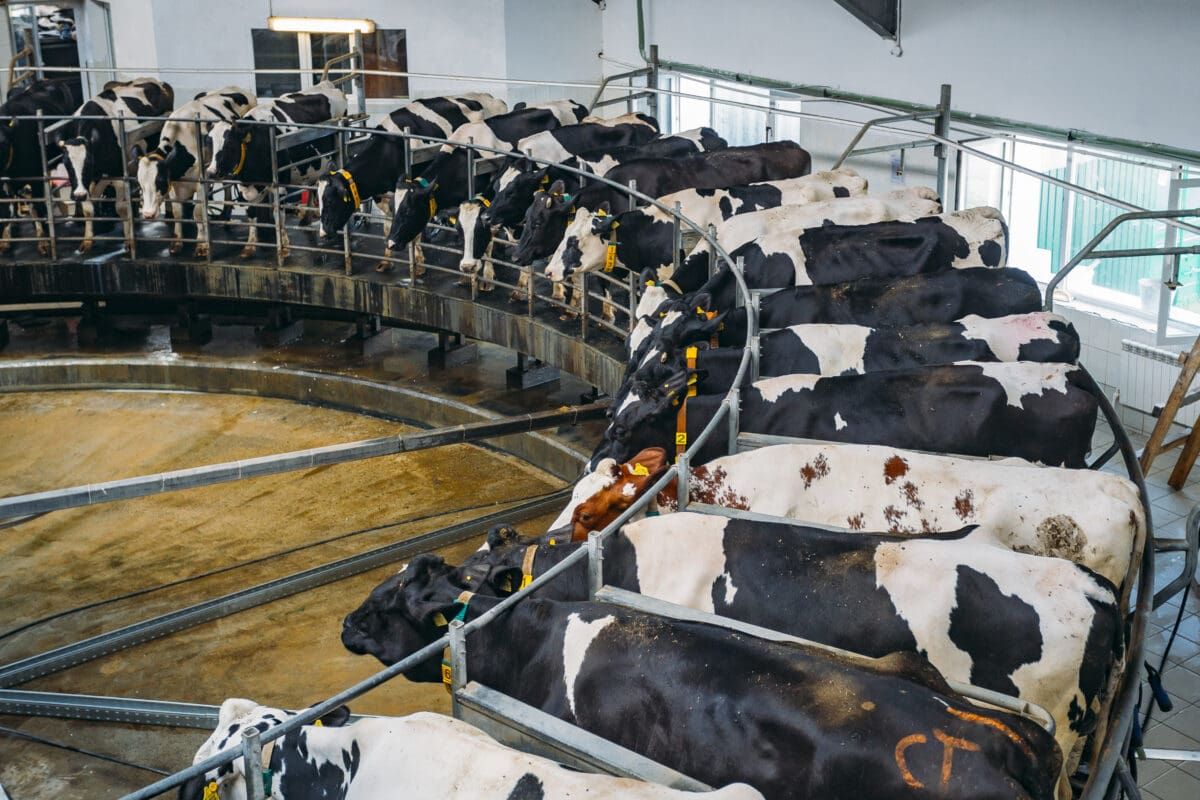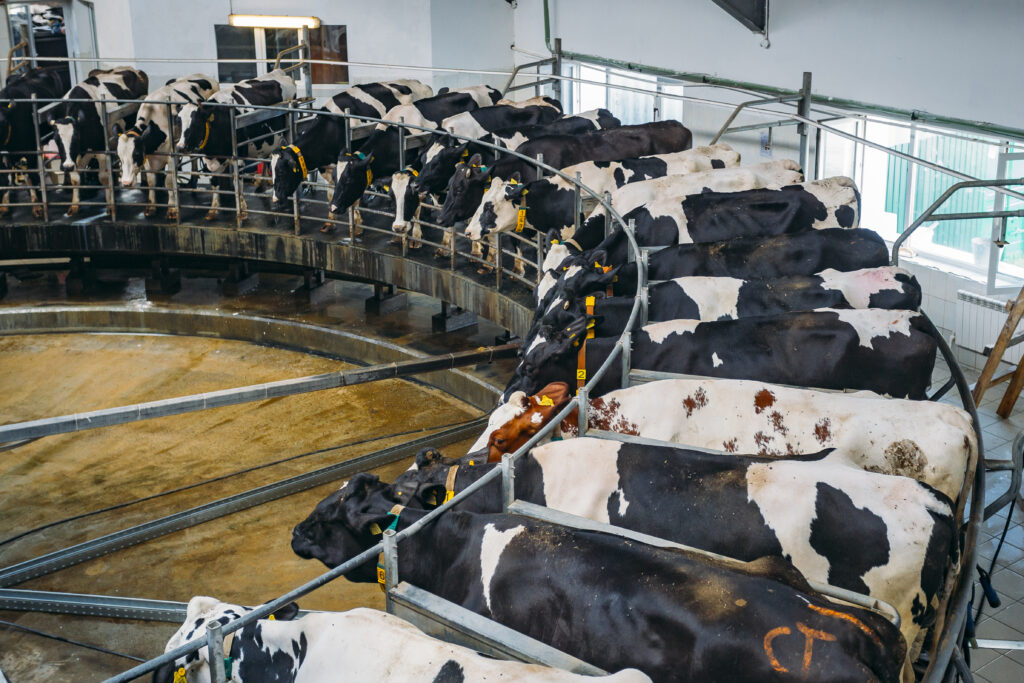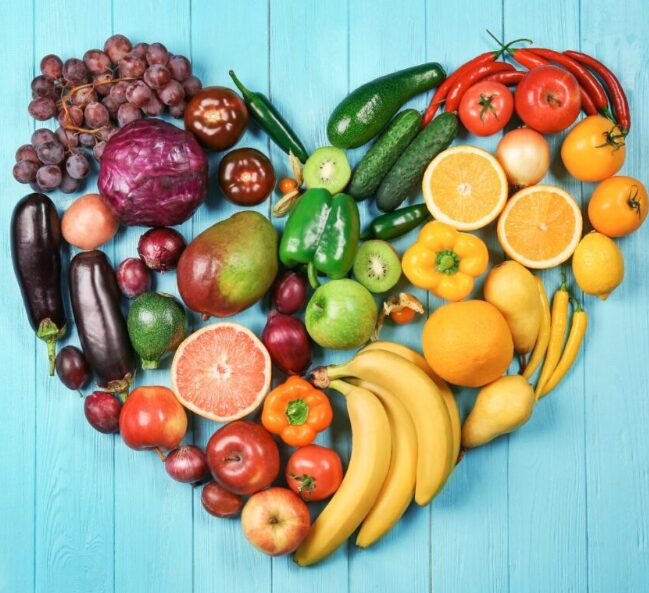Farmed animal welfare issues in Canada part 3 – actions to protect farmed animals

Today, for the Vancouver Humane Society’s PlantUniversity platform, we’re going to explore the issue of farmed animal welfare in Canada. Animal welfare refers to an animal’s well-being, both physically and mentally.
In Part 3 of this series, we’ll look at actions we can take to help protect farmed animals and create change.
As individuals, every time we sit down to eat, we have an opportunity to stand up for a kinder world for animals.
If we have the access and ability, removing animal products from our lives and opting for a plant-based lifestyle is one of the most powerful actions we can take at the individual level. When we eat, every meal makes a difference. As we lead by example, we can inspire others to do the same, which amplifies our impact for animals!
But let’s not stop there, it’s incredibly important that we also advocate for system-wide changes to help animals.
We can do this by supporting changes to laws and policies that impact animals. These changes can make a difference for those animals who are stuck in our current animal agriculture system right now. We can also advocate for food system change that’s focused on moving away from our broken food system and toward one that is kinder, healthier and more sustainable.
One of the ways we can do this is to speak up against ag-gag legislation, which aims to make it an offence to document conditions in the animal agriculture industry.Instead of passing ag-gag laws, our government could be working to address the troubling conditions on farms, during transport and at slaughterhouses.
We can also advocate for stronger laws and enforcement to better protect animals and to close existing loopholes that make it difficult to prosecute animal cruelty.
How do we get started? We can call for our government at all levels to take responsibility for protecting animal welfare. We can’t leave it up to industry and the private sector to make the rules. Polling in recent years has reflected widespread public support for stronger government legislation to protect animals. We need dedicated government departments focused solely on animal welfare and, at the federal level, national animal welfare legislation. Science shows that animals are suffering in situations that are currently legal and governments should take an evidence-based approach to policy that aligns with this science.
Finally, we can advocate for shifting government subsidies and incentives to support overall food system change. Current government subsidies, believed to be in the billions of dollars, enable the industrial animal agriculture system in Canada to continue, business as usual, despite the industry’s contributions to animal suffering and climate and health issues.
For example, animal agriculture businesses in Canada received more than $1.9 billion in subsidies in 2019.
But it doesn’t have to be this way and governments can shift these subsidies and incentives to support a move away from animal-based agriculture towards plant-based food systems. They can encourage innovation in plant-based agriculture and incentivize farmers to transition to plant-based farming.
These are a few examples of how we can take action individually to help animals and to support system-wide change. If this is the first video that you watched, you can check out Part 1 and 2 in the links below.
Check out the resources on the Vancouver Humane Society’s PlantUniversity platform, including a plant-based recipe library; a video series featuring experts in making the world better for farmed animals through diet, advocacy, and more; and a 21-day plant-based challenge to help you along in your journey. Even shifting just one meal a day or week to plant-based can help make a difference.
At PlantUniversity, you will also find more advocacy tips and tools, including ideas for supporting improved public access to plant-based meals in schools, hospitals and other public institutions; to tips for writing opinion pieces and letters to the editor; or strategies for engaging with your elected representatives and decision-makers.
If you found this video helpful, please consider sharing it.
And don’t forget to subscribe to the Vancouver Humane Society’s PlantUniversity platform and email list to stay up to date on new content and to help animals!
Learn more:
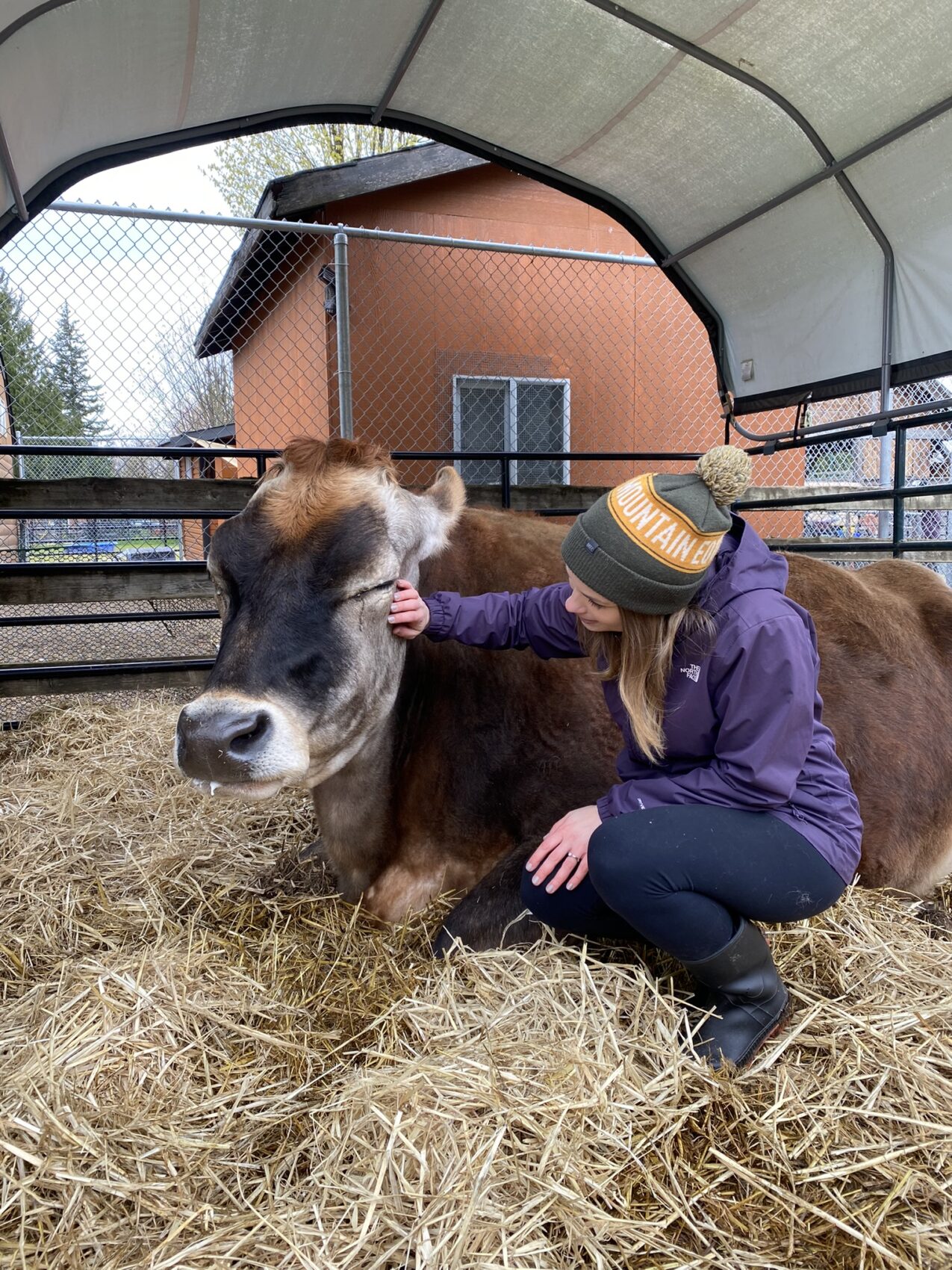
Learn ABOUT ANIMAL SENTIENCE AND INDUSTRIAL AGRICULTURE
Farmed Animal Welfare Issues in Canada – Part 1
Learn more about who farmed animals are and how they are treated in the animal agriculture system.

LEARN HOW TO TAKE ACTION FOR FARMED ANIMALS
Farmed Animal Welfare Issues in Canada – Part 2
Learn about the laws in Canada and how they fall short, as well as how they can be improved.
